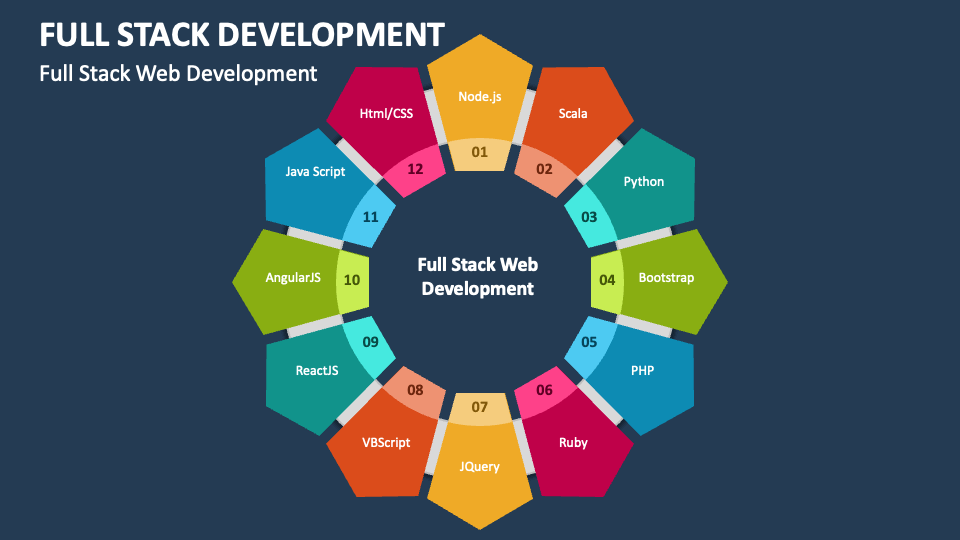Module 1: HTML Fundamentals
- Basics of HTML: Understanding the structure and syntax of Hypertext Markup Language.
- Formatting and Fonts: Applying text formatting, font styles, and sizes in HTML.
- Commenting Code: Adding comments to HTML code for better understanding and collaboration.
- Color: Incorporating colors using hexadecimal codes and color names.
- Hyperlink and Lists: Creating hyperlinks to navigate between web pages and organizing content with ordered and unordered lists.
- Tables and Images: Designing tables for data representation and embedding images in web pages.
- Forms: Building interactive forms to collect user input.
- XHTML and Meta Tags: Introduction to XHTML standards and incorporating meta tags for SEO.
- Character Entities: Using special character entities for symbols and characters not directly supported in HTML.
- Frames and Frame Sets: Implementing frames and frame sets for dividing the browser window into multiple sections.
- Browser Architecture and Website Structure: Understanding how web browsers render HTML documents and organizing website structure for optimal user experience.
Module 2: CSS Essentials
- Introduction to CSS: Understanding the need for Cascading Style Sheets and their basic syntax.
- Using CSS: Applying CSS rules to HTML elements for styling and layout.
- Background Images and Colors: Setting background images and colors for web pages.
- Manipulating Texts and Fonts: Styling text content and incorporating different font families.
- Borders, Boxes, Margins, and Padding: Configuring border properties, box model, and spacing around elements.
- Lists and Positioning: Styling lists and positioning elements using CSS.
- Introduction to Bootstrap: Overview of the Bootstrap framework for responsive and mobile-first web development.
Module 3: JavaScript and jQuery
- Client-side Scripting with JavaScript: Introduction to JavaScript programming language for client-side scripting.
- Variables, Functions, Conditions, and Loops: Understanding JavaScript variables, functions, conditional statements, and loops.
- Pop-up Boxes and Advanced JavaScript: Utilizing pop-up boxes for user interaction and exploring advanced JavaScript concepts.
- DOM Manipulation: Interacting with the Document Object Model (DOM) for dynamic content manipulation.
- Forms and Validations: Implementing form validations and processing user inputs.
- Introduction to jQuery: Overview of the jQuery library for simplifying JavaScript tasks and DOM manipulation.
Module 4: Full Stack Development with PHP
- Introduction to PHP: Basics of PHP programming language including syntax and data types.
- Decision and Looping Structures: Implementing decision-making and looping constructs in PHP.
- PHP and HTML Integration: Integrating PHP code with HTML for dynamic web content generation.
- Arrays and Functions: Working with arrays and creating reusable functions in PHP.
- Form Processing and File Handling: Handling form submissions and file operations using PHP.
- Cookies, Sessions, and Database Interaction: Managing user sessions, handling cookies, and interacting with databases using PHP.
- XAMPP Server Configuration: Configuring and setting up XAMPP server for local web development environment.
Module 5: Web Development Concepts
- Concepts of WWW, Internet, and HTTP Protocol: Understanding the fundamentals of the World Wide Web, Internet, and HTTP communication protocol.
- Web 2.0 Features: Exploring the features and characteristics of Web 2.0 applications.
- Effective Web Design Principles: Addressing web design issues including browser compatibility, bandwidth optimization, display resolution, and user-centric design.
- Website Planning and Publishing: Planning, designing, and publishing websites with effective navigation and user experience.
- Introduction to Content Management Systems (CMS): Overview of CMS platforms for managing website content efficiently.
Module 6: Advanced Web Technologies
- Ajax, AngularJS, JSON: Introduction to advanced web technologies including Asynchronous JavaScript and XML (Ajax), AngularJS framework, and JavaScript Object Notation (JSON) for data interchange.

- Teacher: Yuvraj Joshi